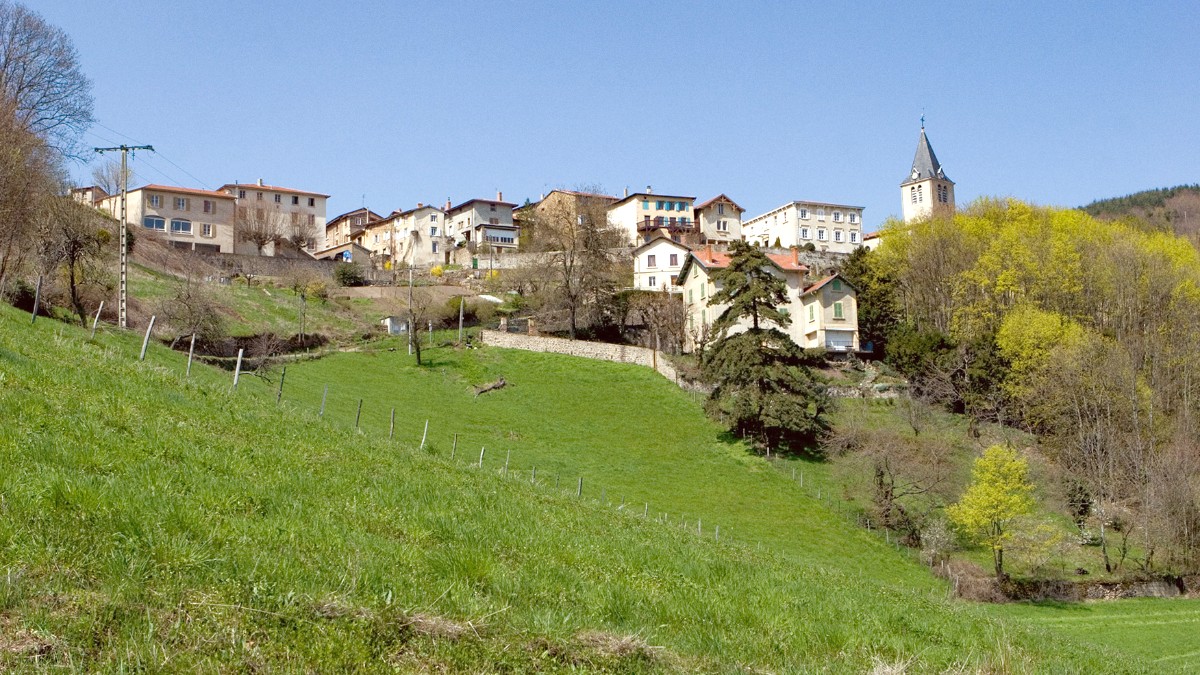
Burgundy And The Rhone, France
Lyon is in east-central France, precisely at the confluence of the Rhône and Saône rivers. This strategic location places it about 470 kilometers (290 miles) southeast of Paris, 310 kilometers (190 miles) north of Marseille, and 150 kilometers (93 miles) west of Geneva, Switzerland. Lyon serves as the capital of the Auvergne-Rhône-Alpes region and the Rhône department. Its position linked northern and southern Europe for centuries. It remains a major crossroads for transport, connecting the Burgundy wine region to the north and the Rhône Valley wine region to the south.
Lyon's deep history dates back to Roman times. Lucius Munatius Plancus founded Lugdunum in 43 BC. It quickly grew to become the capital of Gaul, a major administrative and economic center of the Roman Empire. Its population reached up to 200,000 at its peak. You can explore the remnants of this Roman past, including the ancient theaters on Fourvière hill, which testify to its former glory.
During the Middle Ages, Lyon became an important commercial hub. Banking and the silk trade especially flourished from the 15th century onwards. The city’s silk industry, centered in the Croix-Rousse district, led to the development of unique architecture. This includes traboules (covered passageways) and canut (silk worker) housing. These structures enabled silk workers to transport their delicate goods efficiently and discreetly. Lyon was also a central point for the French Resistance during World War II, a period of brave defiance against occupation. Today, its historical sites, including Roman ruins and the Renaissance Old Town (Vieux Lyon), are UNESCO World Heritage sites. They reflect its continuous importance through various epochs and offer a tangible link to its storied past.
Approximately 2.3 million (2023 estimate) in Greater Lyon. This makes it France's second-largest urban area, presenting a dynamic and diverse atmosphere. French is the official language.
Euro (EUR, €) is the currency. Credit cards see wide acceptance, but cash serves well for small purchases or local markets. The time zone is Central European Time (CET), UTC+1. Central European Summer Time (CEST), UTC+2, is observed from late March to late October. Adjust clocks upon arrival.
Gastronomy, pharmaceuticals, biotechnology, software, banking, chemicals, historic silk industry.
Lyon-Saint Exupéry Airport (LYS).
A comprehensive system by TCL (Transports en Commun Lyonnais).
Vieux Lyon, Roman Amphitheatre, Basilica of Notre-Dame de Fourvière, Parc de la Tête d'Or, Halles Paul Bocuse, Fête des Lumières.
Often called the "Gastronomic Capital of France."
Plan to spend at least 3-4 days in Lyon. This length of time allows exploration of its history, neighborhoods, and enjoyment of its food scene without rush.
Lyon holds the title of France's Gastronomic Capital. Its culinary heritage includes traditional "bouchons" and Michelin-starred establishments. Enjoy rich regional dishes and exceptional produce.
Beyond its food, Lyon has a arts and culture scene. Explore world-class museums, historic theaters, and a calendar full of festivals, including the famous Fête des Lumières.
This quick overview provides practical details about the city's current state and well-known features.
A snapshot of facts to help your journey.
Approximately 2.3 million (Greater Lyon, 2023 estimate).
Euro (€, EUR). Credit cards are widely accepted.
CET (UTC+1), CEST (UTC+2) in summer.
Major Airport: Lyon-Saint Exupéry Airport (LYS). Public Transport: Comprehensive TCL network (metro, tram, bus, funicular).